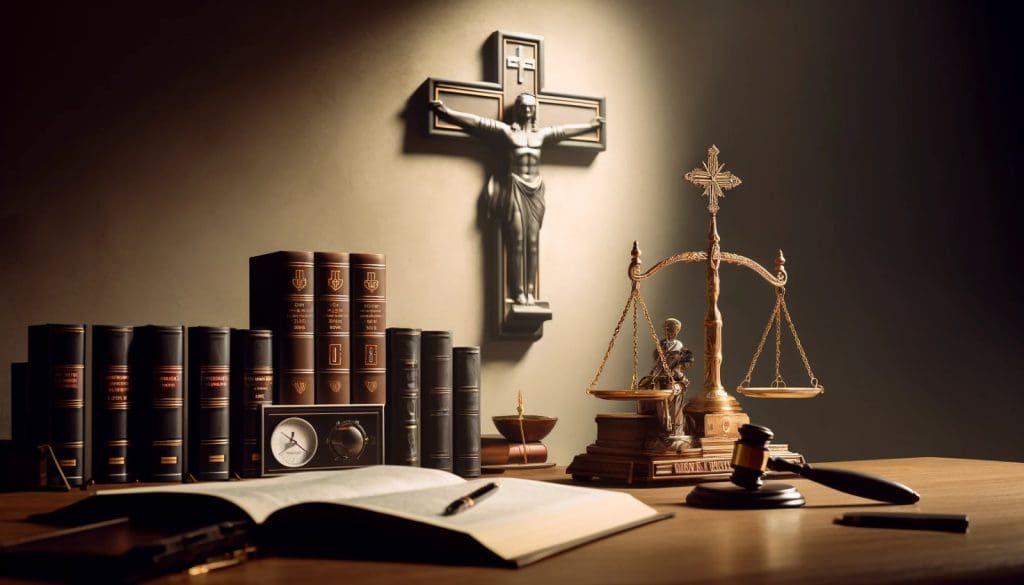Tamilnadu state in the souther tip of Indian Subcontinent has literature daring to 2 Millenium called Sangam Literature consists of 18 Poetry collection. The details of these are now confrimed with Archaeology, Tamil Brahmi Inscriptions and coins from the same Era.
The Sangam Literatue, mainly Pura Nanuru - talks about close to 96 Kings in its songs. Cheras, Chola and Pandyas are the major Kings and there were many small Kingdoms, never in the past history, the entire land of present state of Tamilnadu was ruled by a single King.
Pugalur Tamil Brahmi Inscription tells of a Rock cut given by a Chera Prince with the name of his father and Grand father, and this is dated to 2nd century CEm
Coins belonging to same ERA have been found i.e., closely related to Pugalur inscription date of 2nd Cenury CE with Nam Kol Irumporai
Another set of coins with the image of a King and name in Brahmi Makkothi
At Edakkal caves an inscription has Kadummipudha Chera, All this would confirm date of Cheran Senguttvan reign as 188 -244 CE
The total list of Chera Kings is around 21 as per researchers and SENGUTTUVAN is at 11 and there are around 10 dynasties more
As we study Pattu pattu or 10 Long songs, they have been sung in praise of sing barring two and all these Kings are those who lived after Cheran Senguttvan, which would confirm that Paththupattu is sung between 3rd - 6th century.
The 8 Anthologies has two collections called Paripadal and Kalithogai

Early Cheras
Nedum Cheral Athan
Palyani Chel Kezhu Kuttuvan
Kalangai Kanni Narmudi Cheral
Kadal Pirakottiya Chenguttuvan
Adu Kottu Pattu Cheral Athan
Chelva Kadumko Valia Athan
Kanaikkal IrumporaiPerum
Cheral IrumporaiKudakko
Illam Cheral Irumporai
-
Kadummipudha Chera
Ko Athan Cheral Irumporai
Perum Kadungo (Irumporai)
Ilam Kadungo (Irumporai)
-
Mak-kotai
Kuttuvan Kotai
Kollippurai
Kol-Irumporai
Sa Irumporai
Archaeology has found epigraphic and numismatic evidence of the Early Cheras.[32][11] Two almost identical inscriptions discovered from Pugalur (near Karur) dated to c. 1st - 2nd century CE, describe three generations of Chera rulers of the Irumporai lineage. They record the construction of a rock shelter for Jains on the occasion of the investiture of Ilam Kadungo, son of Perum Kadungo, and the grandson of Ko Athan Cheral Irumporai.[11]
Irumporai Cheras from Pugalur inscription
Arunattarmalai, Velayudhampalayam
Ko Athan Chel (Cheral) Irumporai
Perum Kadungon [Irumporai]
Ilam Kadungo [Irumporai]
A short Brahmi inscription, containing the word Chera ("Kadummi Pudha Chera") was found at Edakkal in the Western Ghats.[33]
Recent archaeological discoveries increasingly confirm Karur as a political, economic and cultural centre of ancient south India. Excavations at Karur yielded huge quantities of copper coins with Chera symbols such as the bow and arrow, Roman amphorae and Roman coins. An ancient route, from the harbours in Kerala (such as Muchiri or Thondi) through the Palghat Gap to Karur in interior Tamil Nadu can be traced with the help of archaeological evidence.[34] Historians are yet to precisely locate Muziris, known in Tamil as "Muchiri", a base of the Chera rulers. Archaeological excavations at Pattanam (near Cochin) suggest a strong case of identification with the location.[2] Roman coins have over a period of time been discovered in large numbers from central Kerala and the Coimbatore-Karur region (from locations such as Kottayam-Kannur, Valluvally, Iyyal, Vellalur and Kattankanni).[35][34]
Chera coinage
A number of coins, assumed to be of the Cheras, mostly found in the Amaravati riverbed in Tamil Nadu, are a major source of early Chera historiography.[35] This includes a number of punch marked coins discovered from Amaravati riverbed. The square coins of copper and its alloys or silver have also been discovered. Most of these early square coins show a bow and arrow, the traditional emblem of the Cheras on the obverse, with or without any legend. Silver-punch marked coins, an imitation of the Maurya coins, and with a Chera bow on the reverse, have been reported. Hundreds of copper coins, attributed to the Cheras, have been discovered from Pattanam in central Kerala.[13][36] Bronze dies for minting punch marked coins were discovered from a riverbed in Karur.[13]
Other discoveries include a coin with a portrait and the Brahmi legend "Mak-kotai" above it and another one with a portrait and the legend "Kuttuvan Kotai" above it. Both impure silver coins are tentatively dated to c. 1st century CE or a little later. The reverse side of both coins are blank.[35] The impure silver coins bearing Brahmi legends "Kollippurai", "Kollipporai",[13] "Kol-Irumporai" and "Sa Irumporai"[13] were also discovered from Karur. The portrait coins are generally considered as imitation of Roman coins.[13] All legends, assumed to be the names of the Chera rulers, were in Tamil-Brahmi characters on the obverse. Reverse often contained the bow and arrow symbol.[13] An alliance between the Cholas is evident from a joint coin bearing the Chola tiger on the obverse and the Chera bow and arrow on the reverse. Lakshmi-type coins of possible Sri Lankan origin have also been discovered from Karur.[13]
The macro analysis of the Mak-kotai coin shows close similarities with the contemporary Roman silver coin. A silver coin with the portrait of a person wearing a Roman-type bristled-crown helmet was also discovered from Amaravati riverbed in Karur. Reverse side of the coin depicts a bow and arrow, the traditional symbol of the Chera family.[35]
https://www.thehindu.com/features/friday-review/history-and-culture/edakal-cave-yields-one-more-tamilbrahmi-inscription/article2872568.ece









_(cropped).jpg)







.jpg)





.jpg)




No comments:
Post a Comment